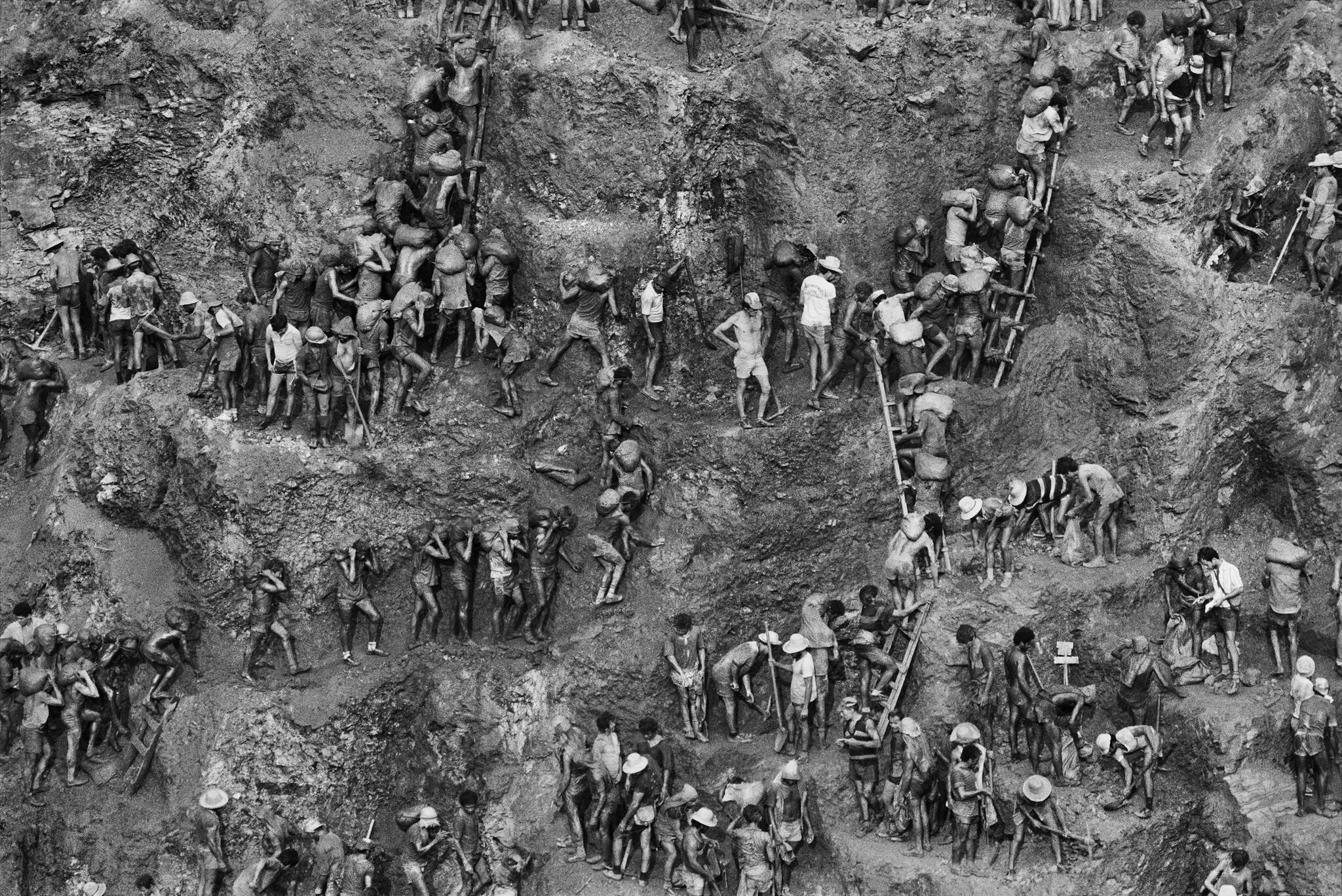Looking through a lens: what makes a documentary photograph?
In a series of video essays that closely examine the photographic works of Tish Murtha, documentary photographer Anne Worthington asks; What makes a documentary photograph? How do you read a documentary photograph? And how do you capture a moment?
Documentary photography covers many more areas than it used to. Where it was once thought of as a larger series than a photojournalist would typically make, it ultimately allowed photographers to explore a story more deeply, revealing its nuances and angles. There might be a political element to a photograph or a social element that made certain places and subjects such as deprivation, social justice and upheaval ripe for documentary photographers to work in.
Nick Hedges’ photographs for Shelter: Glasgow Maryhill, October 1970, (open source)
Sebastião Salgado, Gold Mine of Serra Pelada, Pará, Brazil, 1986, (open source)
Documentary photography can change things, too. When Shelter showed Nick Hedges’ photographs of tenements and families living in dark, unheated cellars in the 60s, it helped bring about an end to slum tenements and desperate housing conditions. And when the world was exposed to photographs that Salgado took of gold miners in Brazil, they saw the working conditions and were appalled. Salgado’s photographs brought it close to home. Suddenly there was a human being in front of you who was suffering when they had been remote before.
Tish Murtha used her camera to expose social inequality and the impact of deindustrialisation on working class communities in Northeast England in the 1970s and 1980s. She felt she had an obligation to the people and problems within her local environment, and that documentary photography could highlight and challenge the social disadvantages that she herself had suffered.
Glenn And Paul On The Washing Line, Youth Unemployment, Tish Murtha
© Ella Murtha, all rights reserved.
Karen On Overturned Chair, Youth Unemployment (1981), Tish Murtha
© Ella Murtha, all rights reserved.
In a series of video essays that examine 3 key works by Tish Murtha— Kids Jumping on to Mattresses, Kids in Brick Lane and 13 Kenilworth Road— photographer Anne Worthington looks through Tish Murtha’s lens, deconstructing the social, cultural and political impact of each image.




